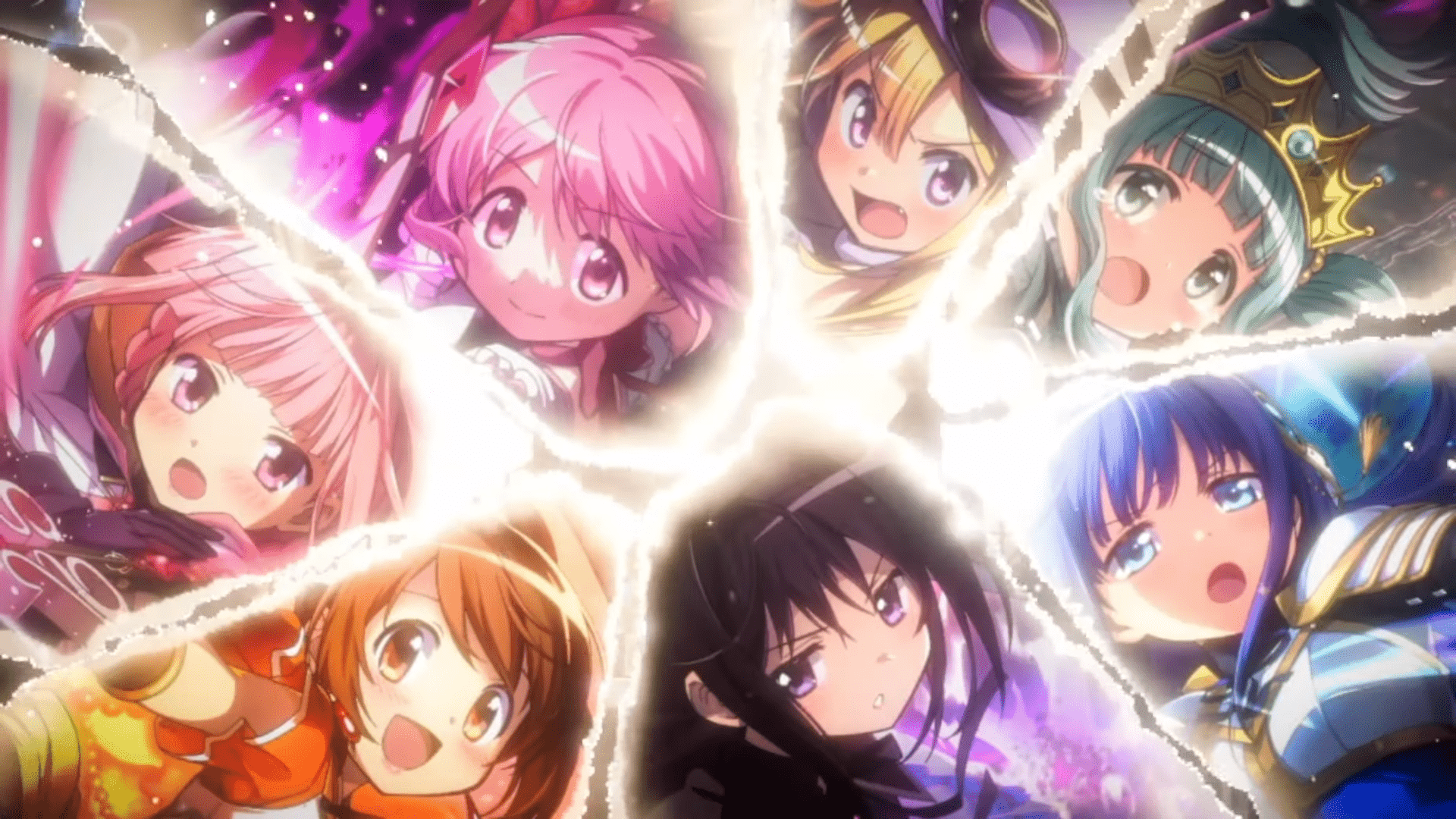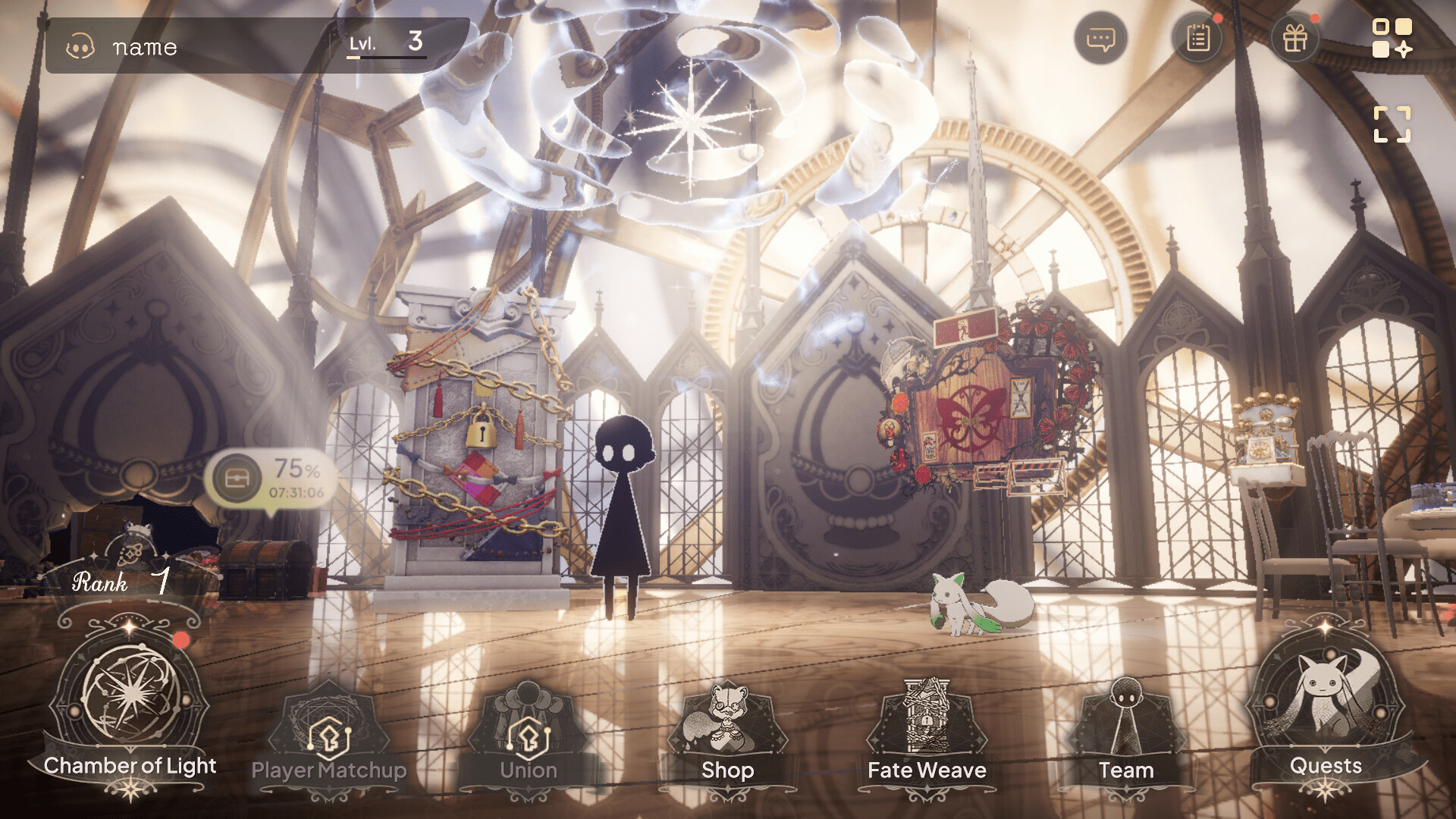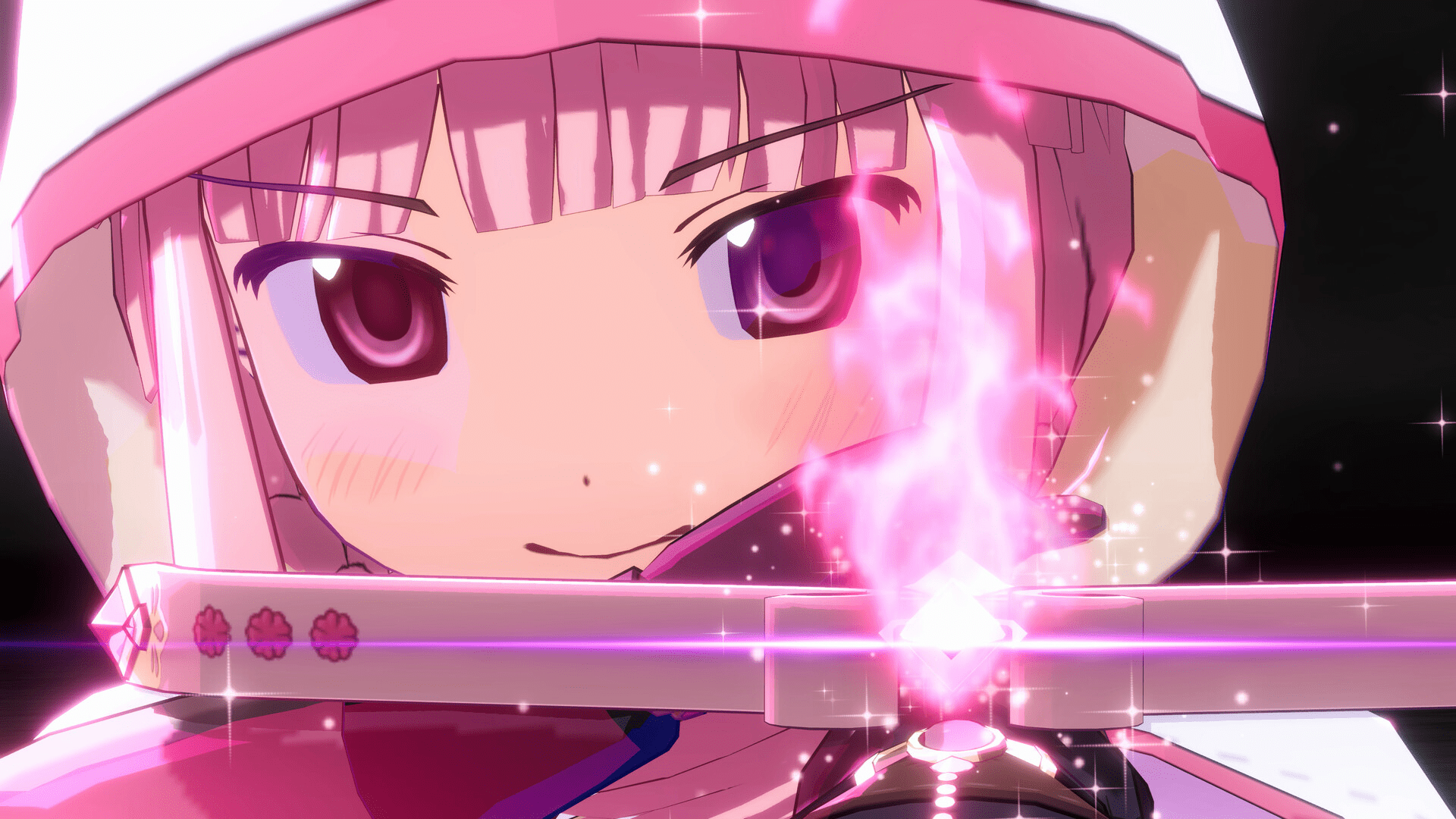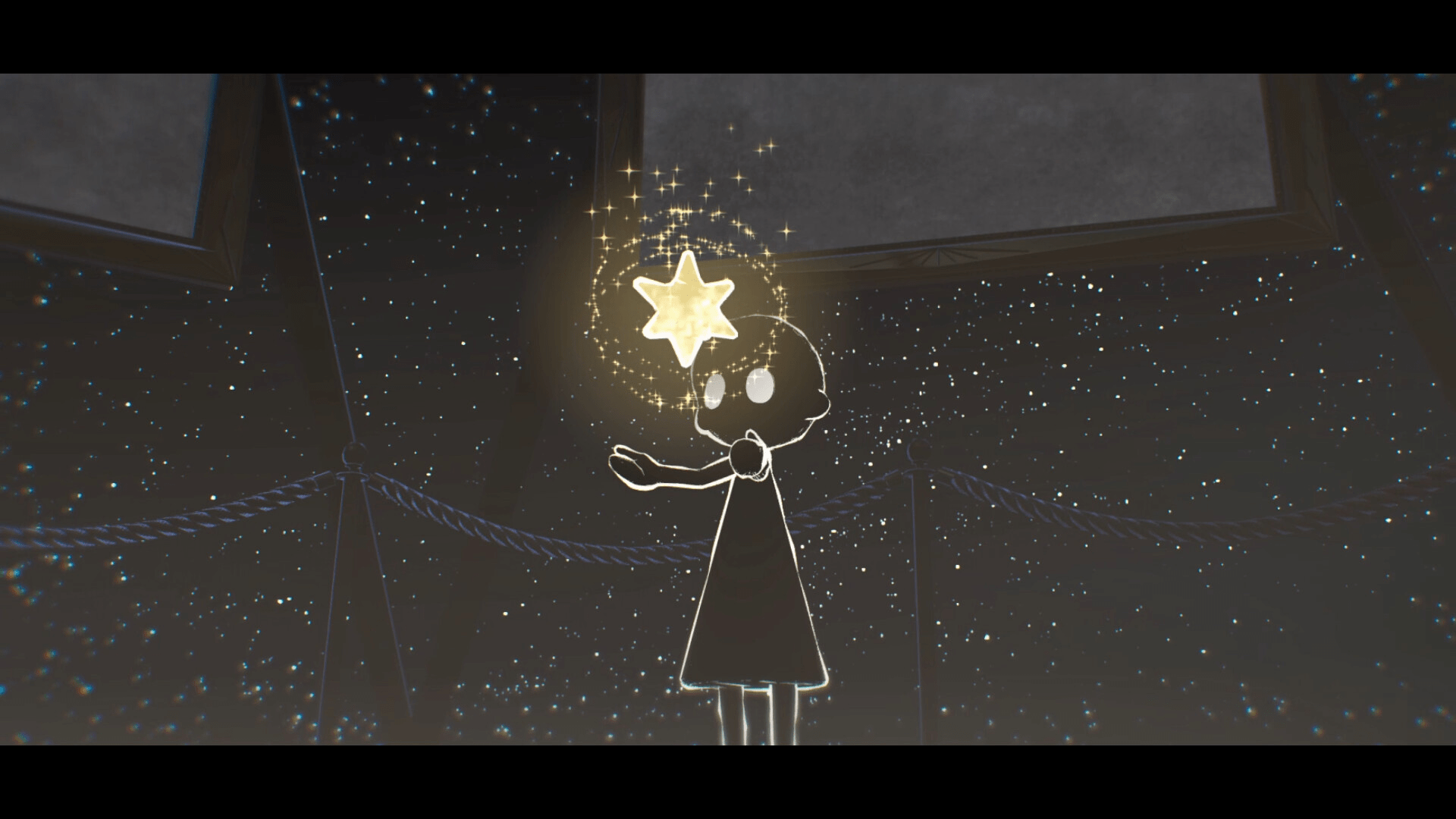Magia Exedra: Our Early Thoughts

At last, Magia Exedra is here. The latest chapter in the Puella Magi Madoka Magica franchise puts the fate of a magical girl in your hands. Who? Well, that’s just it—we don’t know. We are a hollow former magical girl in search of our identity. With the help of A-Q, a Kyubey-like being, we navigate windows into the lives of puella magi before us.
So, how does the game stack up? Does it have the Madoka magic? While we’re sure some secrets will take a long time to unlock, here are our first thoughts on this dark magical girl adventure.
The Gameplay

You operate Magia Exedra from your hub screen: a lighthouse filled with trinkets and strange doorways. From here you can embark on a variety of quests, peruse a multimedia library that grows as you advance, and (of course) test your luck at gacha rolls. The hubworld has that elegant yet messy Madoka Magica feel to it, and it doesn’t take long to find your way around.
Of course, there’s an abundance of things to do. And figuring out how to balance those many activities will take time. At the core of gameplay are the story quests, which place you in the middle of Witch battles from across the series and introduce the tragic stories of its magical girls. Upgrade quests let you earn materials to advance your team, Heartphial quests fill gauges to unlock more advancements and personal stories, and of course there are event quests. (Only one, a permanent one, is available so far.) There are also multiplayer mechanics that unlock as you advance.
The Battles

Combat in Magia Exedra is exactly as hands-on or hands-off as you want it to be. It’s typical turn-based gacha game combat: build a team, attach art card boosters, and go to town. Combat uses a “break” mechanic—wear down the enemy and weather their attacks ’til the Break meter is depleted. Then gang up and multiply the damage as quickly as you can. Each magical girl has a party role to help you build a solid team. Breakers like Madoka and Iroha focus on bringing that Break meter down, while Attackers like Homura are based on pure damage. Add Buffers, Debuffers, and Healers to create a party that works for you, and keep an eye on each Witch’s element to make sure your girls have the right kind of firepower to maximize damage. Each girl also has a special attack that can be launched off as soon as it activates.
Technically, you only need to take part in boss battles. Everything else can be put on full- or semi-autoplay, for players more interested in team optimization than actual in-the-moment combat. But the fights are so pretty to look at, even more hands-off gamers might find themselves taking full control of combat rounds.
But Is It Madoka?

What made Madoka Magica great wasn’t that it was innovative—because nowhere did it reinvent the magical girl genre. Princess Tutu had already broken the seal on tragic magical girl narratives, and every show from Sailor Moon to Minky Momo has killed magical girls before. What made it great was that it built on the back of its own genre in a meaningful way, turning existing components into a compelling story. And, at least early doors, Magia Exedra seems to be doing the same.
Why collect dozens of magical girls? Why relive their stories moment by moment? And why fill meters, collect currency, and upgrade cards? Because it’s a gacha game, sure. But in the game, it’s because each of those is a step toward what we want: our identity. A-Q, our guide, promised that if we did all these errands for him, someday everything would make sense. But here’s the thing: we as players know that mobile games tend not to have an end on lock. They’re optimized to keep going. In other words, the mascots are lying again. But this time, we already know. Just as the source material manipulated magical girl mechanics, Magia Exedra invokes the structure of gacha games to manufacture its tragedy. It’s devious. And kind of brilliant.
Puella Magi Madoka Magica: Magia Exedra is now available on Steam, iOS, and Android.

